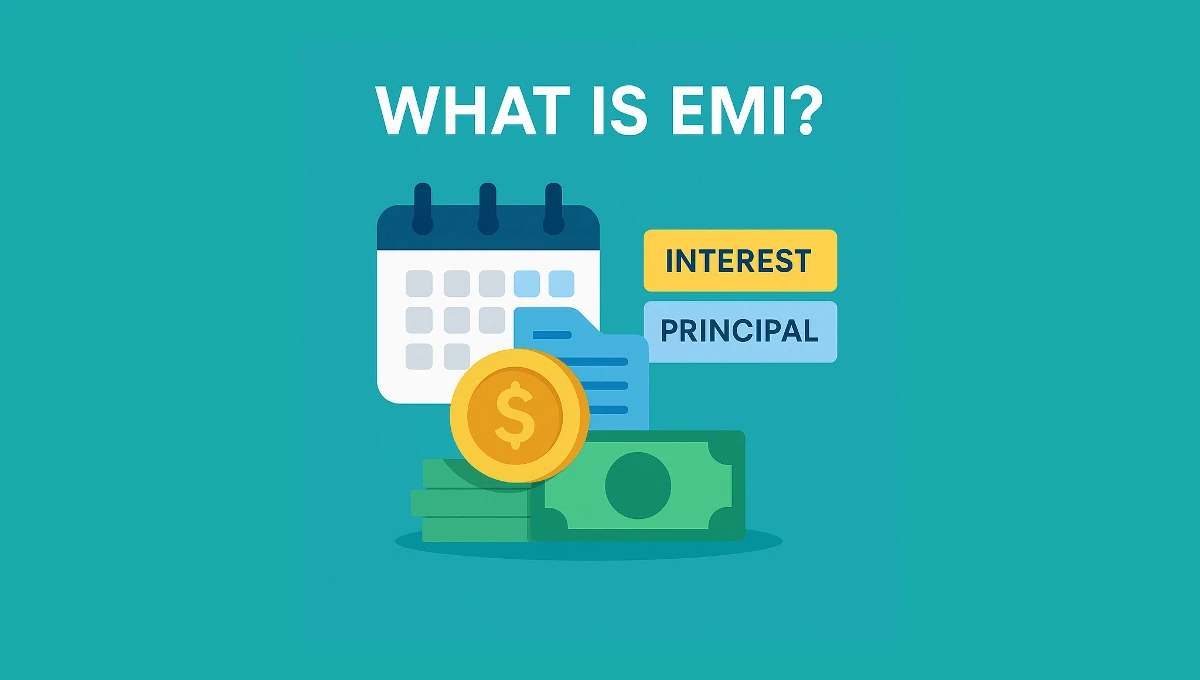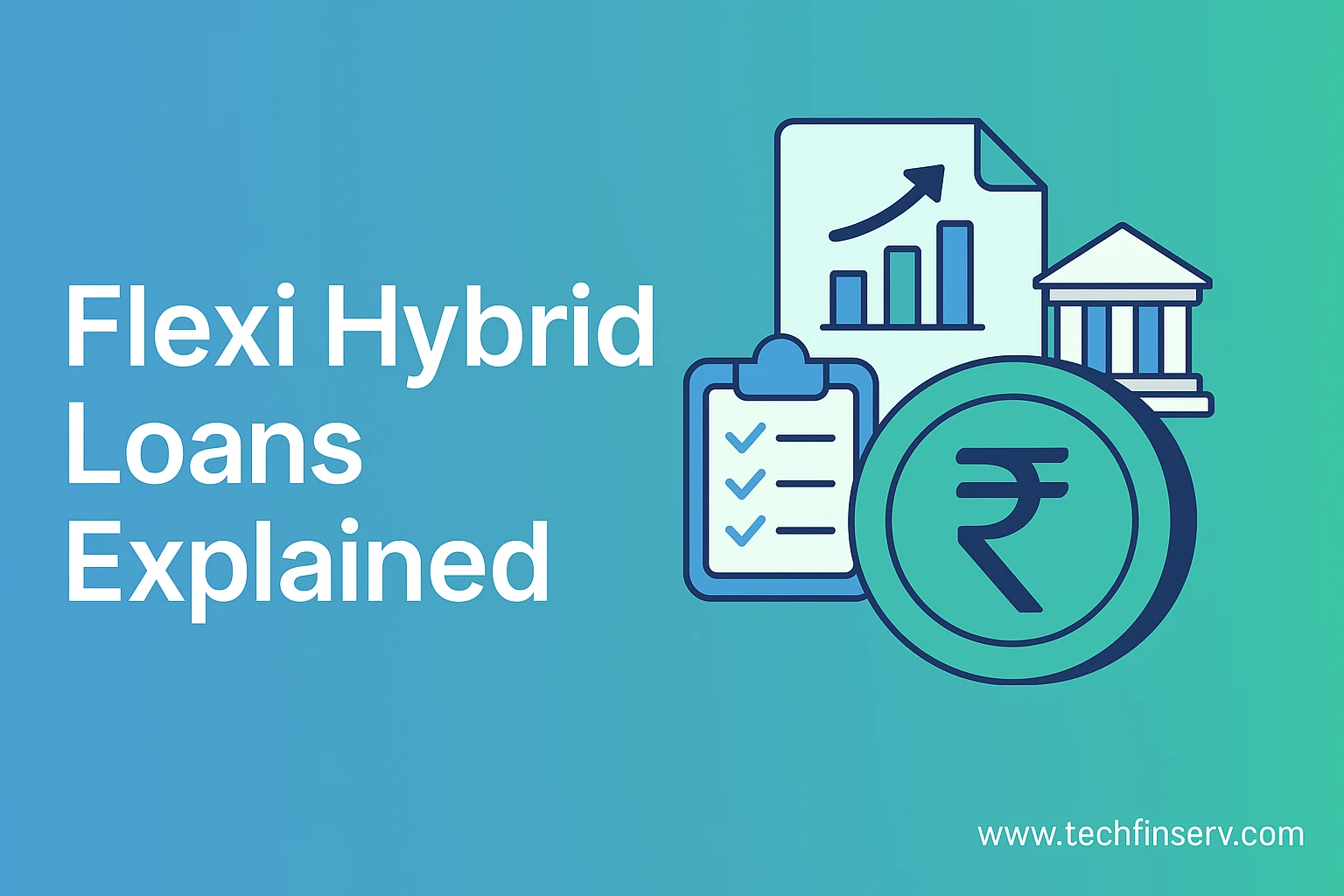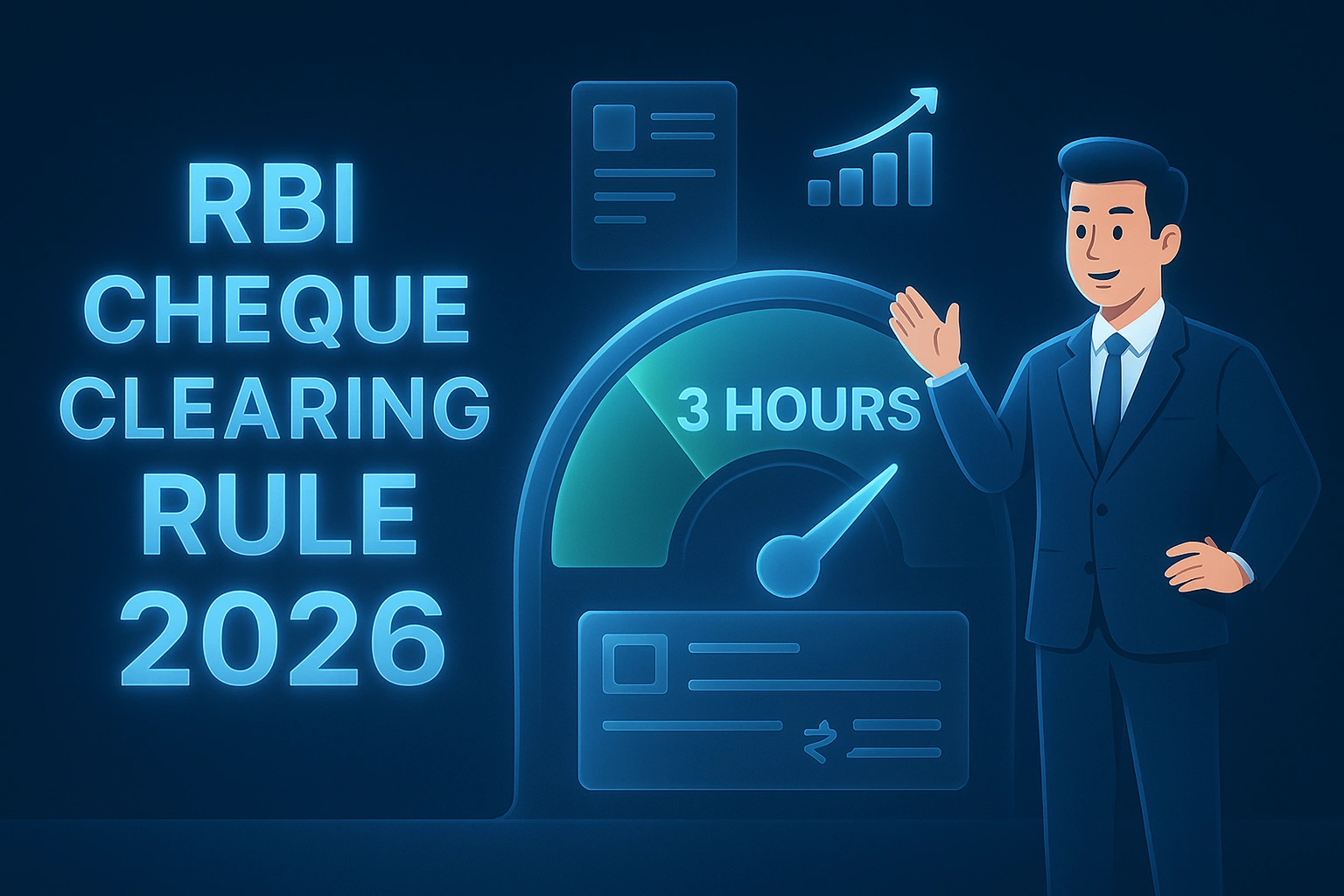India’s credit landscape is changing — fast. With RBI introducing a new framework for credit data reporting and the arrival of CIBIL 2.0, borrowers and lenders are set to experience a smarter, faster, and more inclusive credit ecosystem. Here’s a complete guide to what’s happening, why it matters, and how you can prepare.
🔍 What Is CIBIL and Why Does It Matter?
TransUnion CIBIL is India’s leading credit bureau that maintains credit records of over 600 million individuals and businesses. Your CIBIL score — ranging from 300 to 900 — determines how lenders perceive your repayment ability. A higher score helps secure better loans, faster approvals, and lower interest rates.
Until now, CIBIL scores were updated roughly every 30–45 days based on information from banks and NBFCs. However, this slow cycle sometimes failed to reflect real-time credit behavior — which is exactly what RBI’s new upgrade aims to fix.
🚀 What Is “CIBIL 2.0”?
CIBIL 2.0 refers to an advanced credit-scoring model that incorporates RBI’s new reporting guidelines, faster data refreshes, and alternative data sources. It’s designed to make India’s credit system more transparent, inclusive, and responsive.
- Credit updates every 15 days instead of 30 days.
- Evaluation of 36 months of credit history (up from 24 months).
- Integration of alternative digital data for first-time borrowers.
- Algorithmic scoring to reduce manual bias and data lag.
This initiative aligns with RBI’s larger goal — to modernize India’s lending ecosystem and boost financial inclusion for individuals without a formal credit history.
📅 RBI’s New Credit Reporting Rules (2025)
Starting January 2025, all banks, NBFCs, and financial institutions must report borrower data to credit bureaus at least once every 15 days. This ensures that borrowers who pay EMIs or credit cards on time see improvements in their score almost immediately.
In addition, the RBI has instructed credit bureaus to improve error correction timelines. Disputes must now be resolved faster, typically within 30 days, reducing the frustration of incorrect scores lingering for months.
💡 Why CIBIL 2.0 Matters to Borrowers
The upgrade has direct and long-term benefits for borrowers. Here’s why it matters:
- Faster Updates: Timely payments reflect quicker, helping responsible borrowers get fair credit recognition.
- Better Accuracy: Real-time reporting reduces delays and mismatches.
- Inclusion: First-time borrowers or those with limited history can now qualify using alternate data.
- Transparency: Borrowers can track and rectify errors quickly through digital dashboards.
In short, your credit health will now be more dynamic — improving or falling more swiftly based on your behavior.
🏦 What It Means for Banks and Lenders
For lenders, CIBIL 2.0 introduces data richness and better risk prediction. With fresher inputs and alternative data, lenders can identify genuine customers faster and reduce defaults. However, they’ll also need to adapt their scoring systems and digital infrastructure to the new model.
This modernization creates a win-win scenario — borrowers enjoy faster credit, and lenders can assess risk more precisely.
📊 Key Features of CIBIL 2.0
| Feature | Old System | New (CIBIL 2.0) |
|---|---|---|
| Data Update Frequency | 30–45 days | Every 15 days |
| Credit History Length | 24 months | 36 months |
| Data Type | Traditional (loans, cards) | Includes alternative digital data |
| Inclusion for New Borrowers | Limited | Encouraged via alternative data |
| Error Correction | 60–90 days | 30 days max |
🧭 How to Prepare for the New Credit System
Here are actionable steps to maintain a strong credit profile under CIBIL 2.0:
- Check your credit report regularly. Use CIBIL’s free report feature to track your updates every few months.
- Pay all EMIs and bills on time. The 15-day reporting cycle means delays will show up almost instantly.
- Keep credit utilization below 30%. Avoid maxing out cards or taking unnecessary loans.
- Limit new loan applications. Too many hard inquiries may lower your score.
- Use digital credit responsibly. With UPI and fintech lending data coming into play, small defaults may now affect scores.
⚠️ Challenges Ahead
Despite its promise, the transition to CIBIL 2.0 won’t be without challenges:
- Smaller NBFCs may take time to align with new reporting standards.
- Borrowers may initially see score fluctuations due to algorithm changes.
- Data security and privacy need stronger frameworks with increased reporting.
However, as the ecosystem matures, these issues are expected to stabilize.
🌐 Global Context
Globally, countries like the US and UK use dynamic, AI-driven credit systems. With CIBIL 2.0, India joins this global wave — adopting a hybrid of traditional and alternative scoring methods to evaluate financial credibility.
FAQs About CIBIL 2.0
🏁 Final Thoughts
RBI’s introduction of CIBIL 2.0 is a landmark reform for India’s financial ecosystem. By improving accuracy, transparency, and inclusion, it empowers borrowers and builds trust in the credit infrastructure.
In short: Pay on time, monitor your reports, and embrace digital credit discipline — because under CIBIL 2.0, your financial responsibility will reflect faster than ever before.
Stay tuned with TechFinserv for more updates on India’s banking and finance reforms.
 What is EMI ?
What is EMI ?
What is EMI in Loans Dicover it's Full Form, Meaning and smart tips to reduce Your Personal Loan And Home Loan EMIs Easily.
Read More → Flexi Hybrid Loan - Explained
Flexi Hybrid Loan - Explained
How Flexi ODs mix flexibility with lower cost.
Read More → 🕒 RBI Cheque Clearing Rule 2026 – Faster, Same-Day Settlement
🕒 RBI Cheque Clearing Rule 2026 – Faster, Same-Day Settlement
Faster cheque clearing for instant fund access and smooth banking.
Read More →